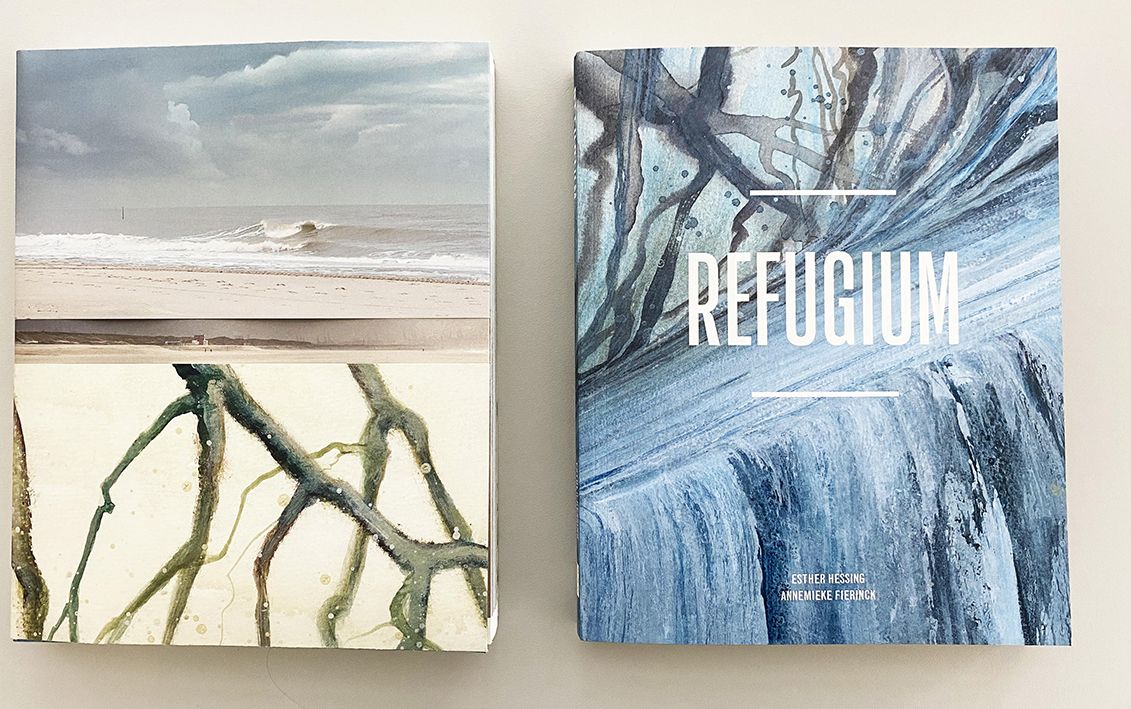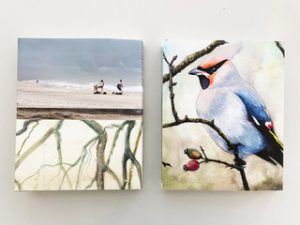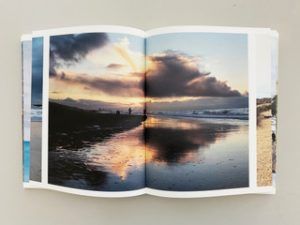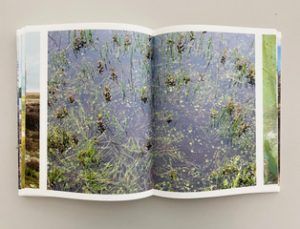genres
Refugium – SOLD OUT
€50,00
Author(s): Esther Hessing and Annemieke Fierinck
Appeared on: March 12th. 2023
Language: Dutch / English
Pages: 270
Size: 210 x 260 mm
Edition: Softcover
ISBN: 9789090368290
Year: 2023
Photography: Esther Hessing, drawings and paintings: Annemieke Fierinck
Publisher: Lecturis
Design: Syb
With photos, drawings and paintings the reader is taken on a long walk through the dune landscape of the Netherlands
For this book, the authors researched the dune area of the Netherlands. With cameras, lenses, binoculars, a loupe and a determination app, they walked from Zeeland to the Wadden Islands. Often under the guidance of forest rangers, dune consultants and ecologists. Their knowledge and stories made them more aware of how unique and beautiful these natural areas are. The result of these ‘expeditions’, photos, drawings and paintings is bundled in the book REFUGIUM.
This project started from the love for the sea, the beach and the dunes. But concern about the status of nature also played a role. What is the situation with our dune area? Will it still be a nice place in the future? Will it remain a safe habitat for flora and fauna if the soil in this vulnerable area becomes salinized and nitrogen deposition continues to increase, putting species under increasing pressure? Will the drive for economic gain soon be greater than nature can handle? And perhaps most importantly, do our dunes protect us sufficiently against the rising water?
Esther Hessing:
As a documentary photographer I prefer to observe the world around me from a distance. By taking a step back, you as a photographer are no longer part of the image. With this broad view I keep the overview and show without giving direction. Due to the lack of explanation, I create an atmosphere that also gives meaning to the invisible.
With my detached gaze I leave everything open, instead of determining for the viewer where the focus should be. This stimulates you to study the image more closely in order to understand what it is all about.
http://estherhessing.nl
Annemieke Fierinck:
My drawings and paintings are almost always about nature finds, trees and birds. While working, I look through a magnifying glass at every stain, fray and color transition, so to speak. The aim is to find the balance between realism and impression.
https://annemiekefierinck.nl
Additional information
| Weight | 1500 g |
|---|




